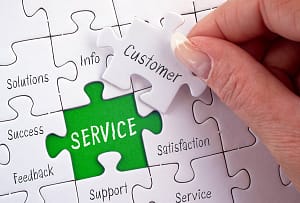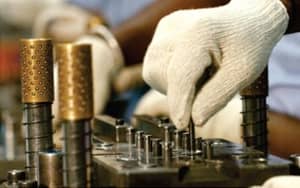Today’s workplace is dynamic and collaborative. To succeed, your team needs to think and operate differently. Self-performance monitoring of individuals or the team as a whole just won’t cut it these days.
You need to shift from a traditional performance management style to a newer, more modern approach. There are many ways to measure team performance, but you have specific components that directly influence the effectiveness of your team.
A high-performing team has trust, synergy, accountability, and camaraderie. While there are many factors that contribute to team effectiveness, there are three fundamental components that drive success in any work group. These three foundational principles will help you build an effective team: performance management with a data-driven culture, objectives and Key Results Areas (KRAs), and the right tools for the job.
What is a high-performing team?
A high-performing team is one that is self-sustaining and able to achieve its goals efficiently with minimal input from management. It has clear goals, methodologies for achieving them, and a strong team culture that promotes collaboration and trust. A high-performing team not only achieves its goals, but it also retains members who are engaged and motivated by the work they do. It fosters an environment conducive to creativity and innovation, and encourages members to pursue career development through training and professional development opportunities. A high-performing team is also diverse, inclusive, and representative of the people and customers it serves.
A data-driven culture
A data-driven culture is one in which your team members are regularly measuring and tracking their metrics. This means that they should have metrics that tell them how they are doing, and they should have a process in place to regularly review those metrics. You should be measuring the team’s performance and their members’ personal development.
You should also be measuring the team’s KPIs and looking for ways to improve them. You may also want to track metrics that show how your customers are experiencing your product or service.
All of this data will help you make decisions about the future of your team, and it will let you know when changes need to be made. When team members are regularly reviewing their metrics, they are actively taking part in their own development. This gives them the opportunity to identify their own strengths and weaknesses and set goals for improvement.
Objectives and Key Result Areas (KRAs)
Objectives and Key Result Areas (KRAs) are a part of almost every team’s performance management system. They are the details that go into each team member’s larger objectives. These details are important because they give your team members the ability to break down their tasks and see what they need to do to accomplish them. It also gives them a way to track their progress and hold themselves accountable.
If your team members are able to see the connection between their work and the overall success of the team, they will be more engaged and motivated. When they see how their work contributes to the big picture, they are more likely to excel at their jobs and stay focused on their objectives.
The right tools for the job
Effective team collaboration and communication is a vital part of any team’s success. Your team members need to be able to connect, share information, and follow the progress of their work. The right tools for the job can help them do all of these things.
There are many tools designed for teams that can help you achieve these goals. Collaboration tools like Microsoft Teams or Google Docs are great for team communication. Project management tools like Asana, Trello, or Jira can help your team stay on track. Performance management tools like HubSpot Performance or Workday are designed to help you measure your team’s progress.
All of these tools can help you build a better team. They can provide a centralized place for your team to store and share information, connect with each other, and track their progress. They can help you create a data-driven culture that promotes growth and development.
Team building activities
But, besides monitoring how well each team member is doing their job, you also need to consider how you can help them be better employees and one of the best ways is to bring in some experts, people who really understand what corporate team building is all about.
Conclusion
When you focus on these three fundamentals, you can create a high-performing team. When your team members are engaged, they will be more likely to work hard and achieve results. They will be happier with their jobs, and they will be more likely to stay with your company for the long term. The best way to create a high-performing team is to make sure that each member has the support they need to succeed. You can do this by hiring the right people, creating a team culture that promotes collaboration, and putting in place the right performance management system, and of course running team building exercises so that the team as a whole is worth more than the sum of its parts.






Leave a Comment